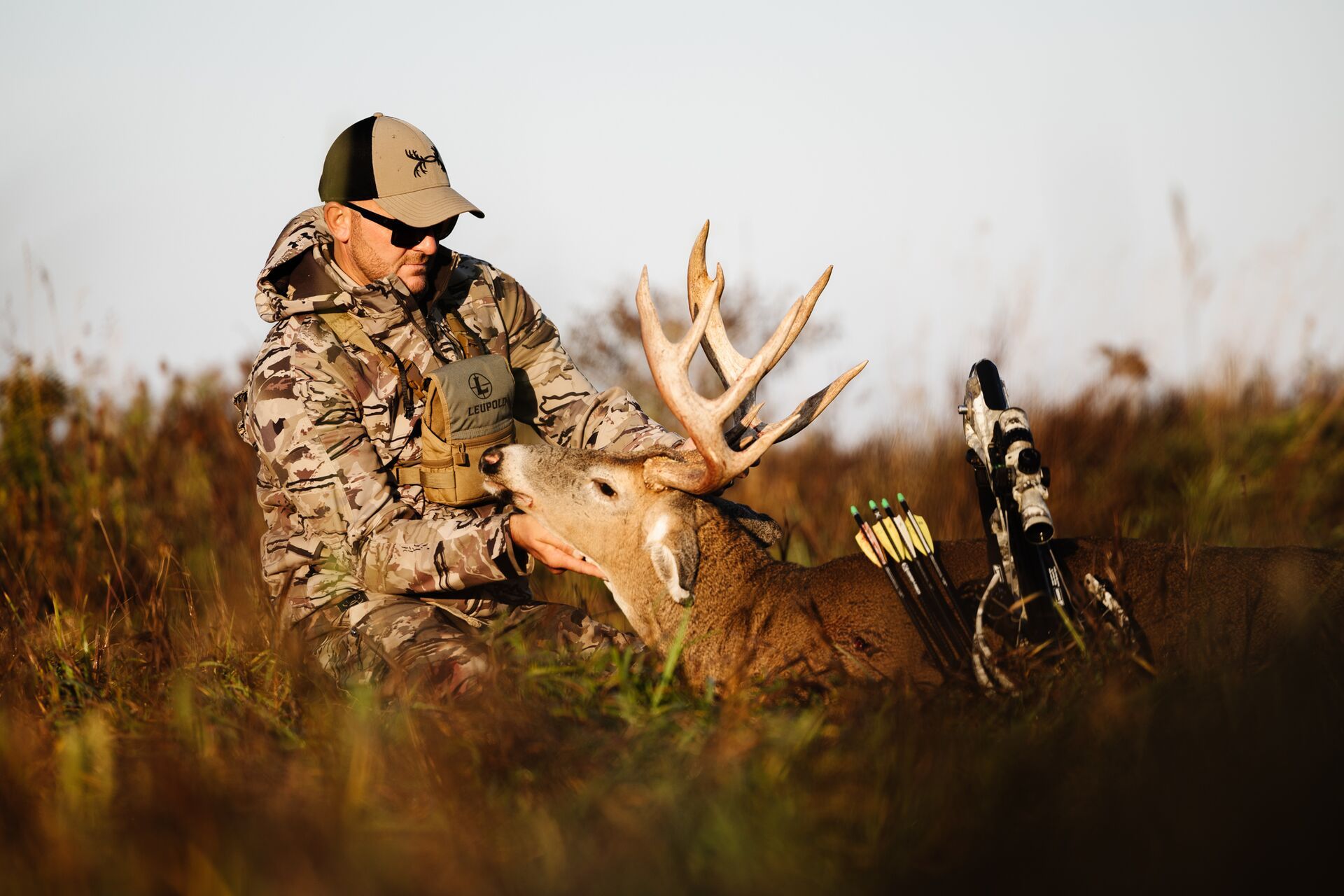Knowing "what diseases do deer carry" and having some preventative measures you can enact will help minimize any incidence of transmission and subsequent illness.
We're here to help you recognize a sick deer vs. a healthy deer when you're in the field. So, today, we look at some of the primary diseases deer carry, some strategies to reduce transmission, and testing and reporting requirements to keep yourself and fellow hunters safe.
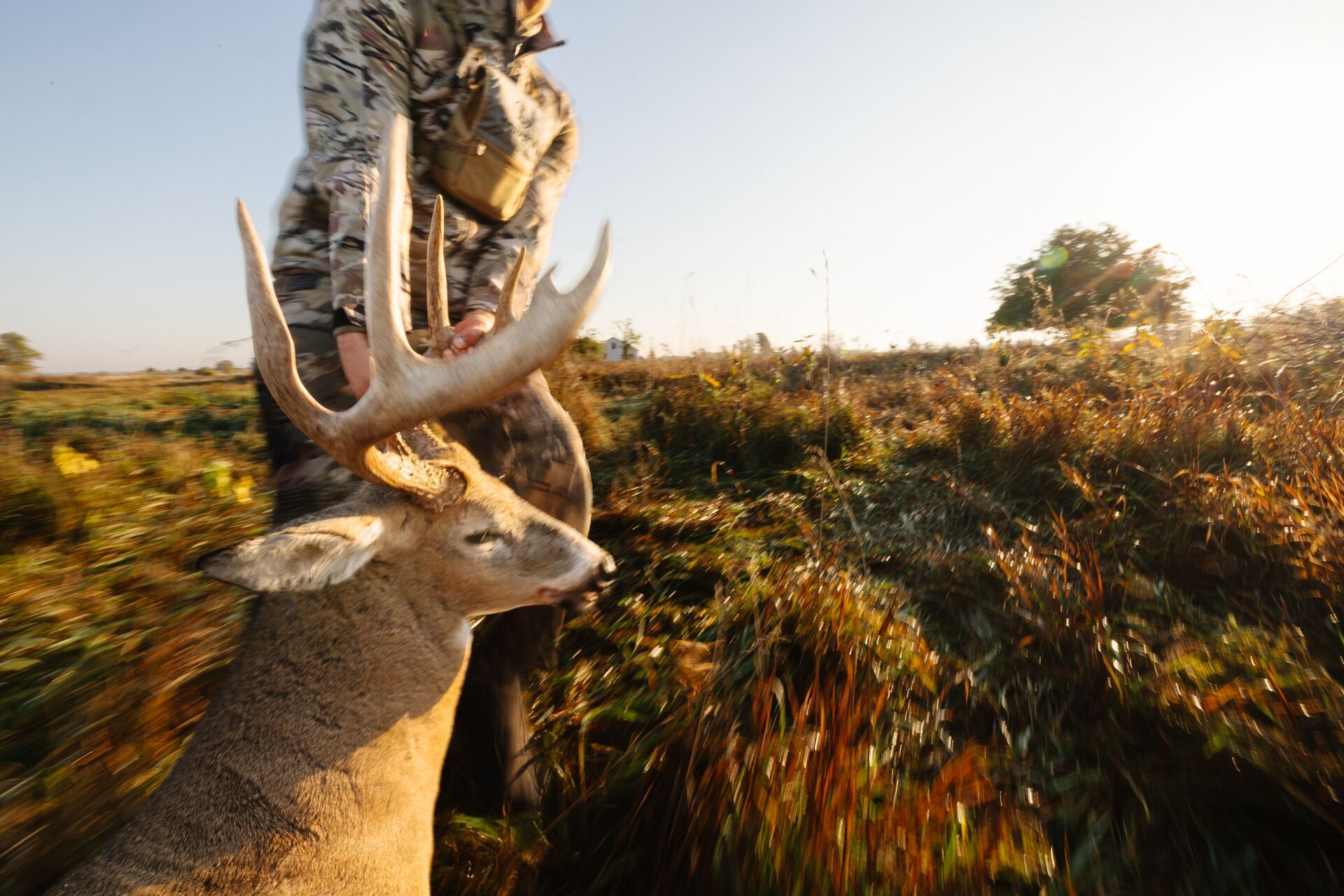
What Diseases Do Deer Carry (and Why It Matters to Hunters)
Nobody likes getting sick. While only a small section of the deer population suffers from these diseases, their impact on human health can be devastating. As hunters, we should be aware of these risks to protect ourselves, our families, and the meat we harvest.
Awareness of deer disease, especially the prion disease Chronic Wasting Disease (CWD), and how this impacts your harvest is also essential to conservation. As hunters, we want as many deer as possible to be well-conditioned and healthy to maintain the sport and the game we pursue.
Knowing the signs, donating to organizations that seek to reduce the incidents of illness in the deer population, and providing education are all ways to help secure a future for hunting free from devastating illnesses and diseases.

Zoonotic Diseases: What You Can Catch From Deer
Zoonotic diseases are illnesses that can be transmitted from animals to humans. Understanding the types of deer diseases transmitted to humans will help you look for signs and prepare for any incidents of illness. While most deer are safe to eat, some diseases can cause significant health issues if left unchecked and untreated.
Chronic Wasting Disease (CWD)
CWD (Chronic Wasting Disease) is a threat that affects more than half of the U.S. states with differing levels of severity. The disease affects deer, elk, and moose.
While there are no confirmed human cases, concerns persist, especially around the contact and consumption of CWD, as monkey studies have shown transmission through the consumption of affected meat or brain tissues.
CWD is a prion disease that impacts the nervous system and is spread through fluids like feces, saliva, blood, or urine. Check local testing guidelines and always avoid consuming meat from CWD-positive animals.
If in doubt, please consult your regional wildlife officials for guidelines about how to deal with a deer (or meat) that you believe may be tainted with CWD.
Tuberculosis
While most commonly found in cattle, bovine tuberculosis also infects deer, bison, and elk. This form of tuberculosis is most commonly spread to humans through unpasteurized milk or improper handling of infected deer.
Although the risk of infection and transmission cases is low, you should always wear gloves when field dressing and avoid touching your eyes, ears, and mouth to reduce the likelihood of transmission.
Toxoplasmosis
Toxoplasmosis is a parasitic disease caused by the parasite Toxoplasma gondii. It is often found in undercooked meat.
Venison should always be cooked to an internal temperature of 160 degrees Fahrenheit. Always use a meat thermometer if in doubt of the meat's temp.
Please note that immunocompromised and pregnant women are at higher risk of this disease. Symptoms include fever, muscular pain, headaches, and other flu-like signs.
Salmonella and E. Coli
Salmonella and E. coli are two of the most common bacterial infections in wild game meat. They're most commonly encountered in the gut and intestinal tract and are spread by improper field dressing or unsanitary meat processing.
To minimize the risk of spreading, use clean gloves and clean well-sharpened knives, and remember to cool meat quickly. The most common symptoms are those consistent with food poisoning, such as vomiting, diarrhea, fever, and stomach cramps.
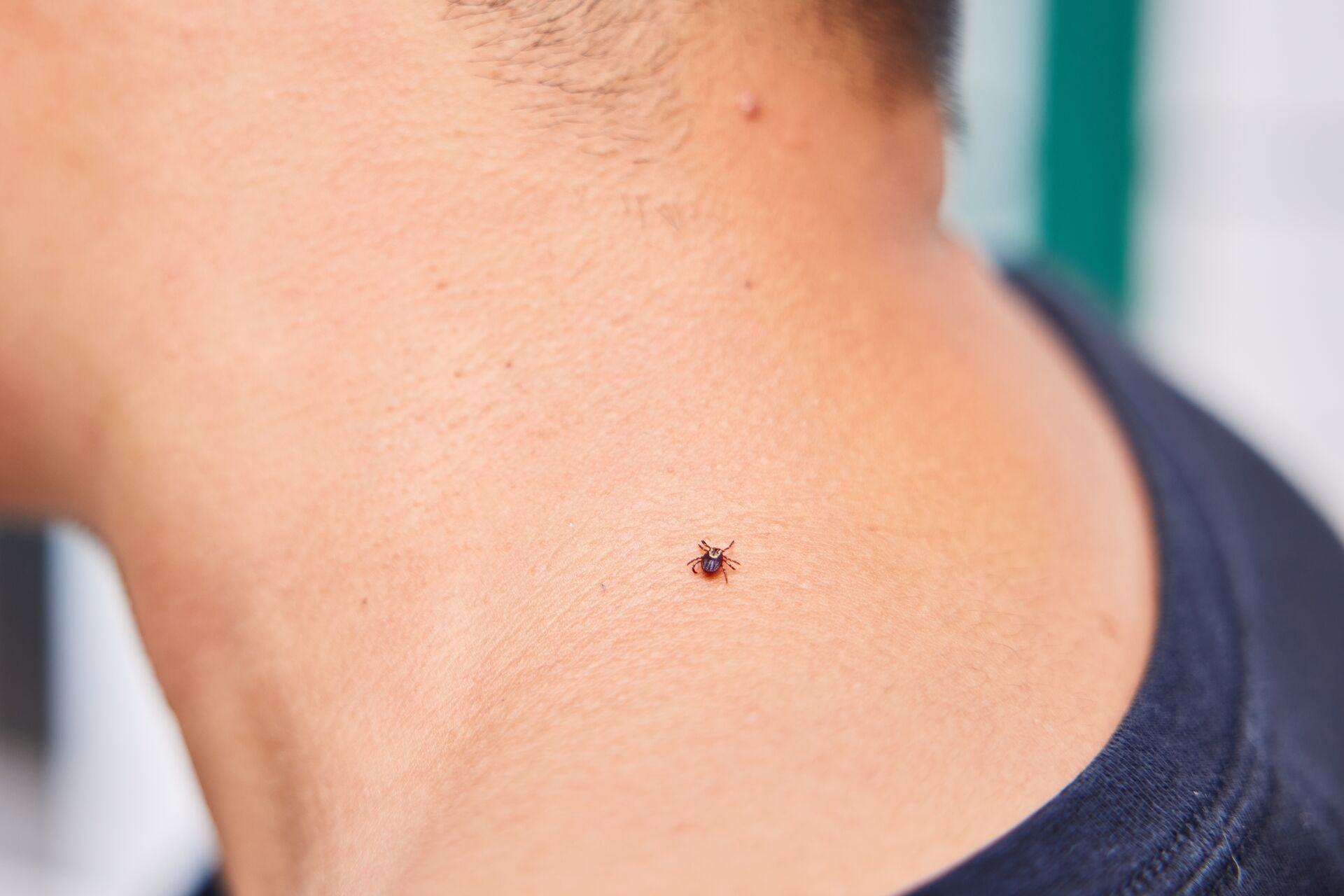
Tick-Borne Disease From Deer Habitat
Being safe from disease means not only anything transmissible from the deer itself but also from the natural habitat that they inhabit. Here are some of the most common tick-borne diseases to be aware of.
Lyme Disease
Lyme-infected ticks, especially the black-legged tick, attach themselves to deer and are commonly found in dense vegetation and deer habitats.
To avoid or minimize the risk of ticks, be cautious when hunting and dressing deer, as ticks may fall from the deer or vegetation and attach themselves to you. For prevention, wear permethrin-treated clothing and check for ticks after every hunt.
Anaplasmosis, Babesiosis, and Ehrlichiosis
Ticks can carry more than one disease. Anaplasmosis, babesiosis, and ehrlichiosis are common pathogens that are also spread by ticks in deer habitats.
Symptoms of these infections often mimic those of the flu, including fever, chills, and fatigue. Failure to treat symptoms can lead to far more severe complications.
Early diagnosis and antibiotics are critical to treating these conditions.
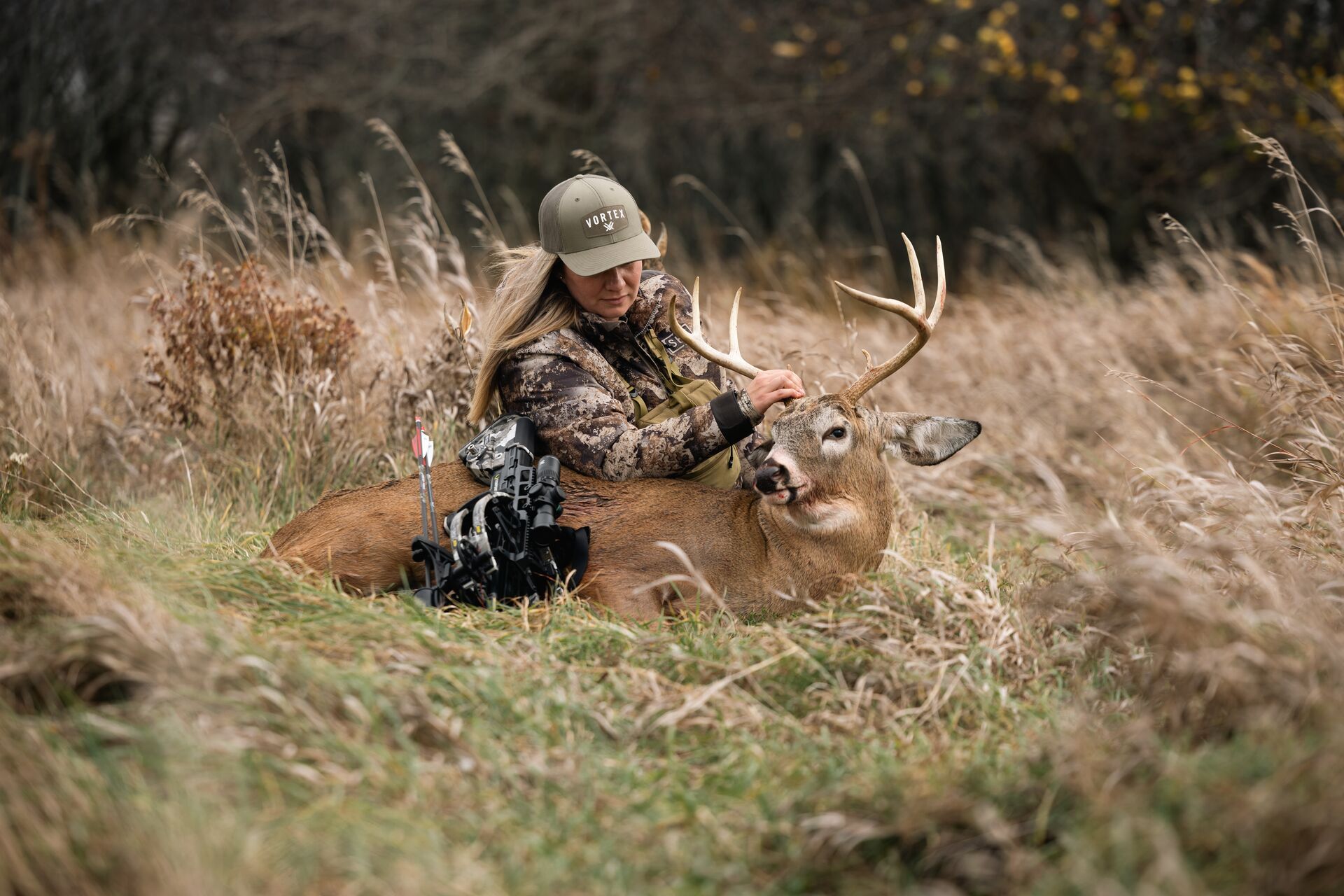
Are Any Deer Diseases Not Dangerous to Humans?
When understanding what diseases do deer carry, not all may be dangerous to humans. However, it's essential to be aware of and understand how these diseases can impact other species, such as pets, change the nature of deer meat, or impact deer numbers and general health, affecting us all.
Epizootic Hemorrhagic Disease (EHD)
EHD is an infectious virus characterized by hemorrhages that primarily affect whitetails and are transmitted by biting insects, such as midges. The onset is rapid, with deer dying within 8 to 36 hours from infection, with fever, edema, and swollen head, neck, tongue, and eyelids, which are common symptoms.
While in the field, you may also notice deer have a weaker frame, loss of fear of humans, and reduced appetite. Due to this, be cautious of sick-looking deer. Don't harvest animals acting abnormally.
Bluetongue Disease
Bluetongue is a viral disease transmitted through biting insects, similar to EHD discussed above. As the disease progresses, deer will show signs of lethargy, discharge from the nose and mouth, and sometimes blue tongues, hence the name.
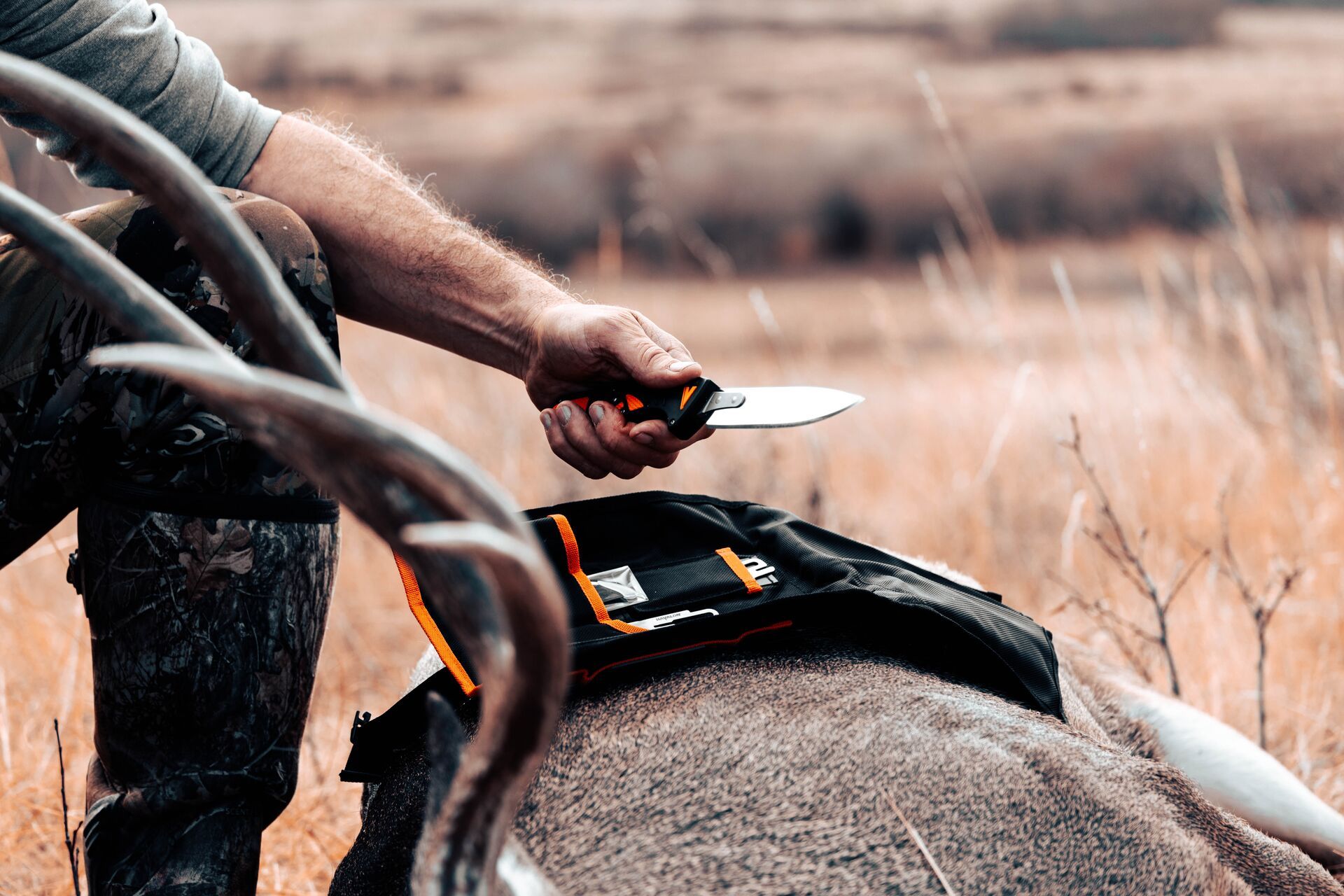
Field Dressing Tips to Avoid Infection
Safe handling and processing of venison are essential to minimize the risk of infection from diseases from deer meat and toxins that can impact not only yourself but also your family and friends, who may also share your harvest.
Before reaching for your knife, the first step should be to visually assess the deer for any signs of illness, such as emaciation or a shaggy coat.
Then, when processing meat, always wear gloves and eye protection. Avoid eating, drinking, or smoking while processing meat, as well as touching your face and mouth. Check the meat for offensive odor, greenish discharge, blood clots, or any abnormalities.
Set up a small wash station with hot, soapy water to thoroughly clean hands, knives, and tools. Finally, chill meat as soon as possible, ideally within a four- to six-hour window from harvest.
Testing and Reporting
Testing is an essential step in the management, reduction, and research of deer illnesses such as CWD. Some states have mandatory reporting requirements for CWD testing, while others may have voluntary reporting. However, it's never a bad idea to report sick or abnormal-acting deer to your state wildlife agency to help protect the hunting community and the longevity and condition of our deer species.
When in doubt, always have the meat tested by a professional testing body. It's not worth the risk of handling or eating potentially contaminated venison.
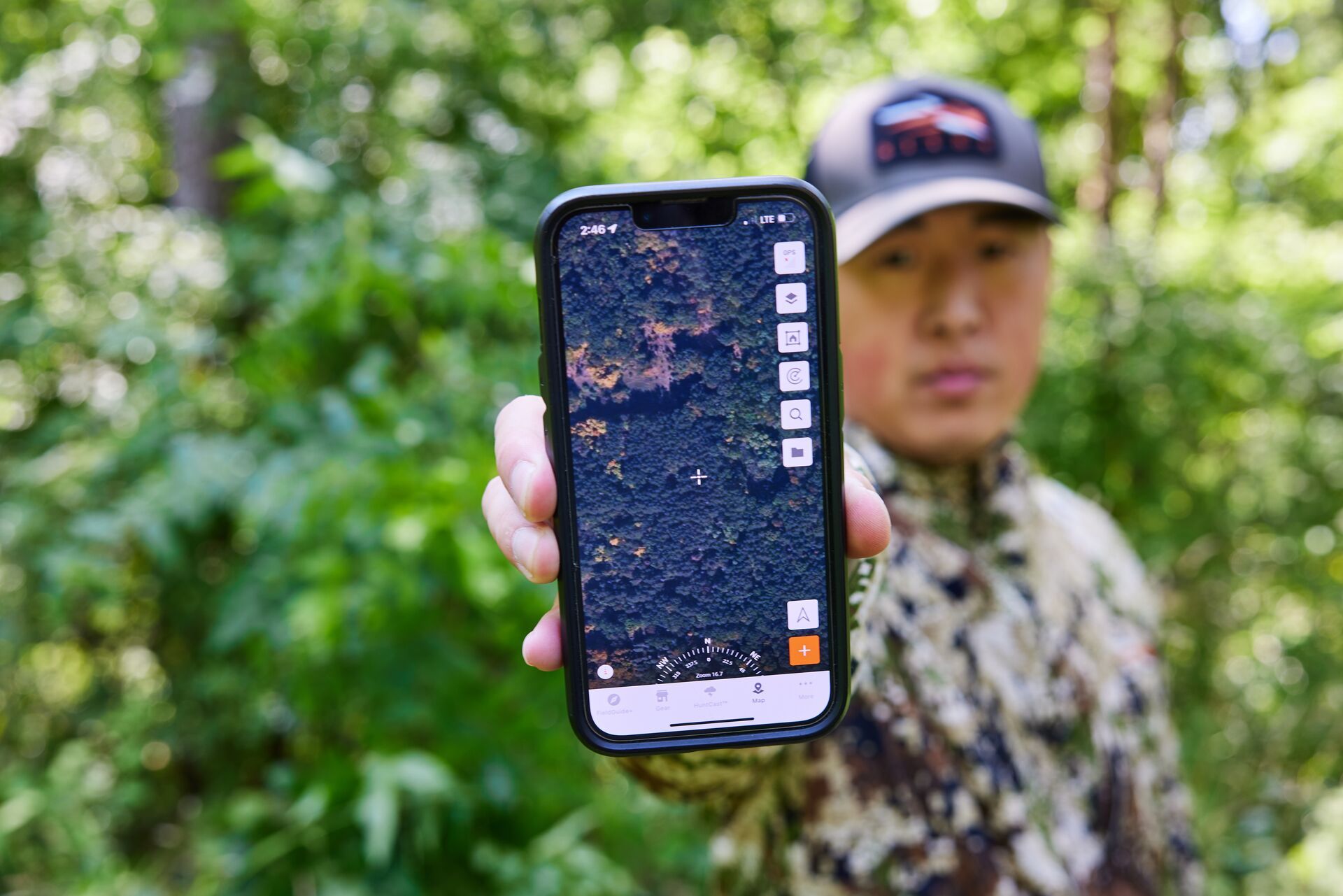
Scout and Hunt Better With HuntWise This Season
Part of hunting and harvesting wild game is understanding that some meat and deer may be contaminated with disease. Awareness and good hygiene will go a long way to ensure you're as safe as possible when processing your deer and hunting in the field.
However, the first challenge of hunting healthy deer is to find them! To improve your hunts, target more remote locations to find healthy and well-conditioned deer, and access cutting-edge insights, such as mapping features (including LiDAR), get HuntWise.
Improve your scouting and hunting success with the HuntWise hunting app!
Download it today and get a head start on scouting for fall. Your first week is free!
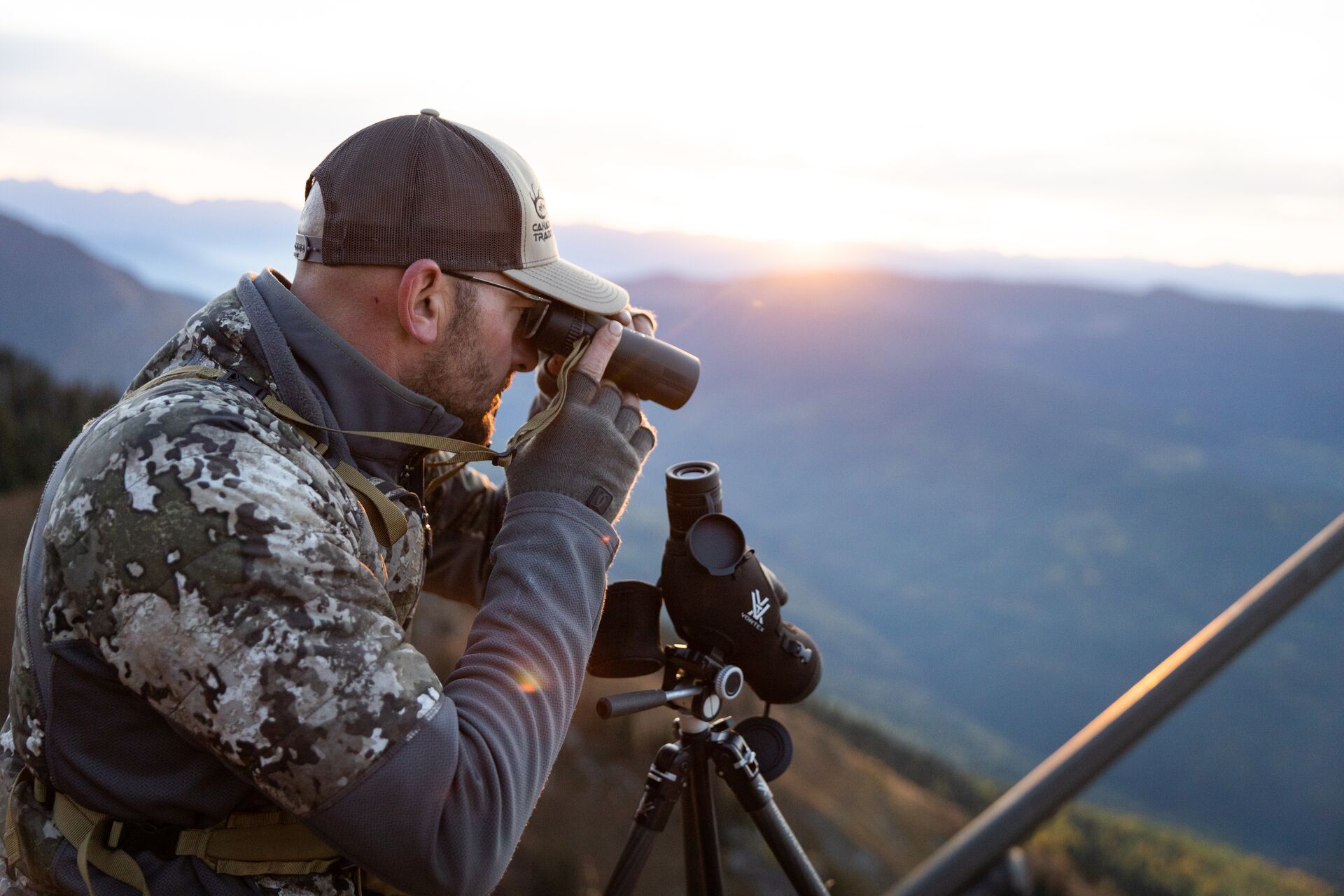
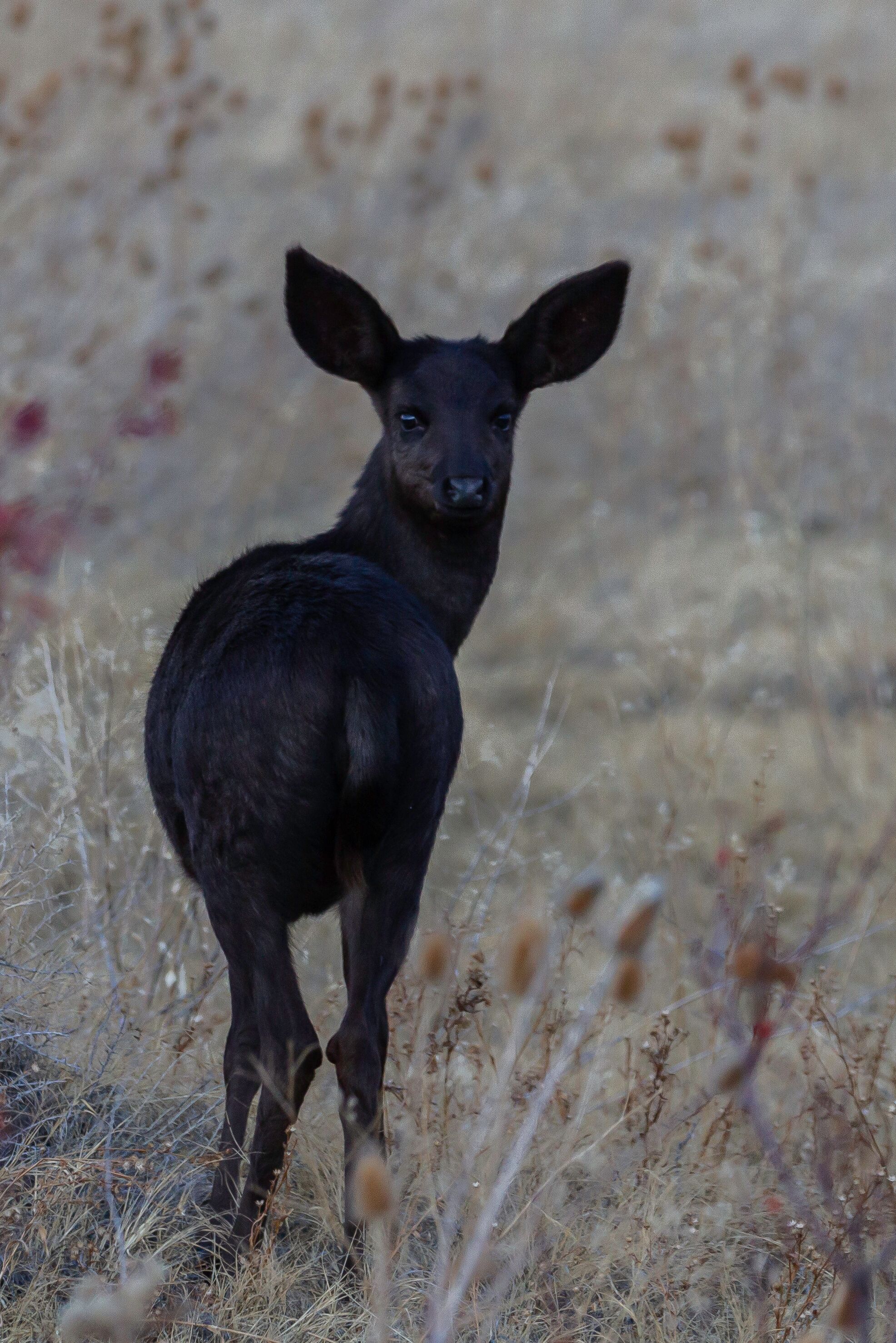
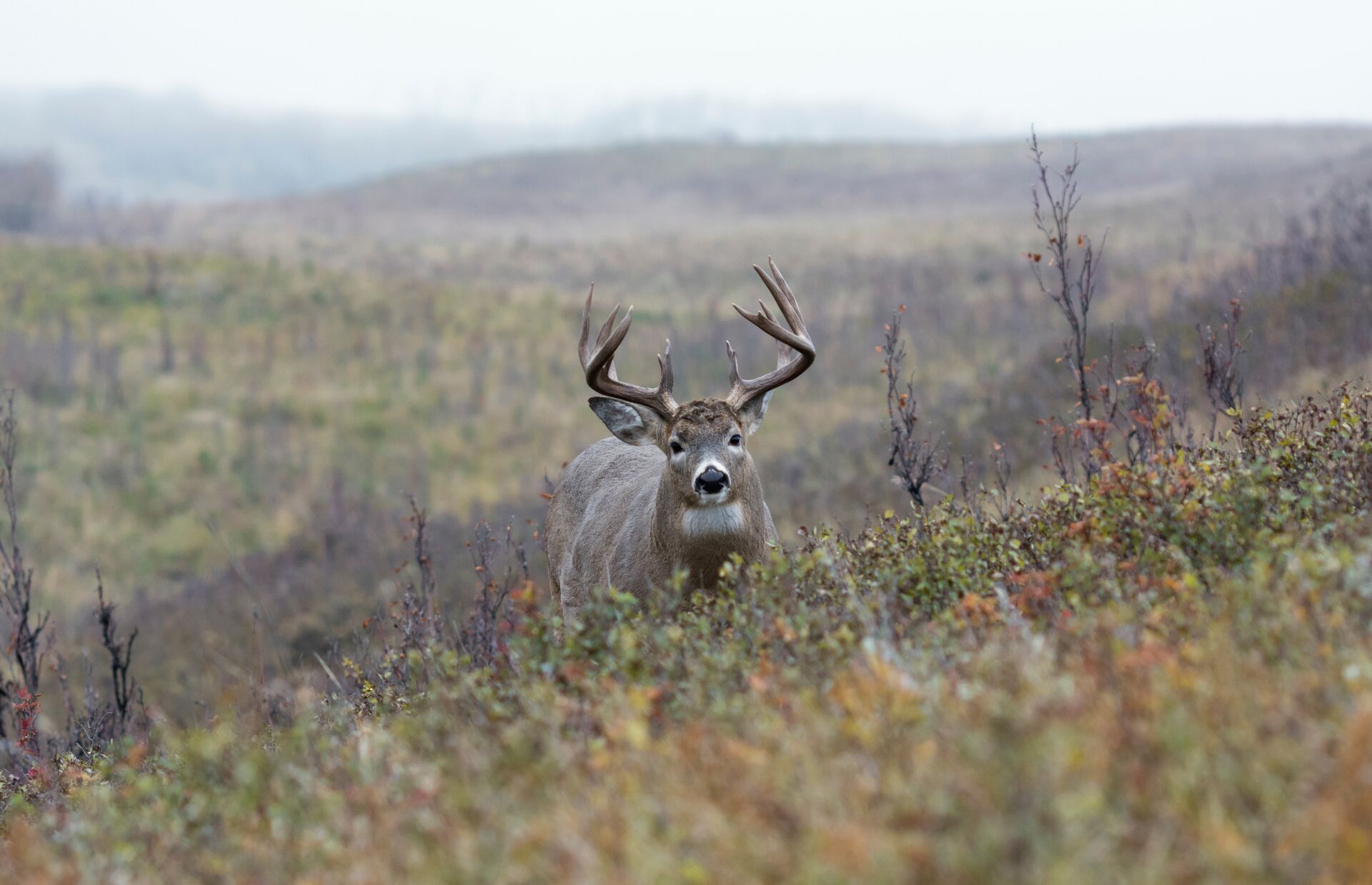
 Deer
Deer Deer
Deer Deer
Deer